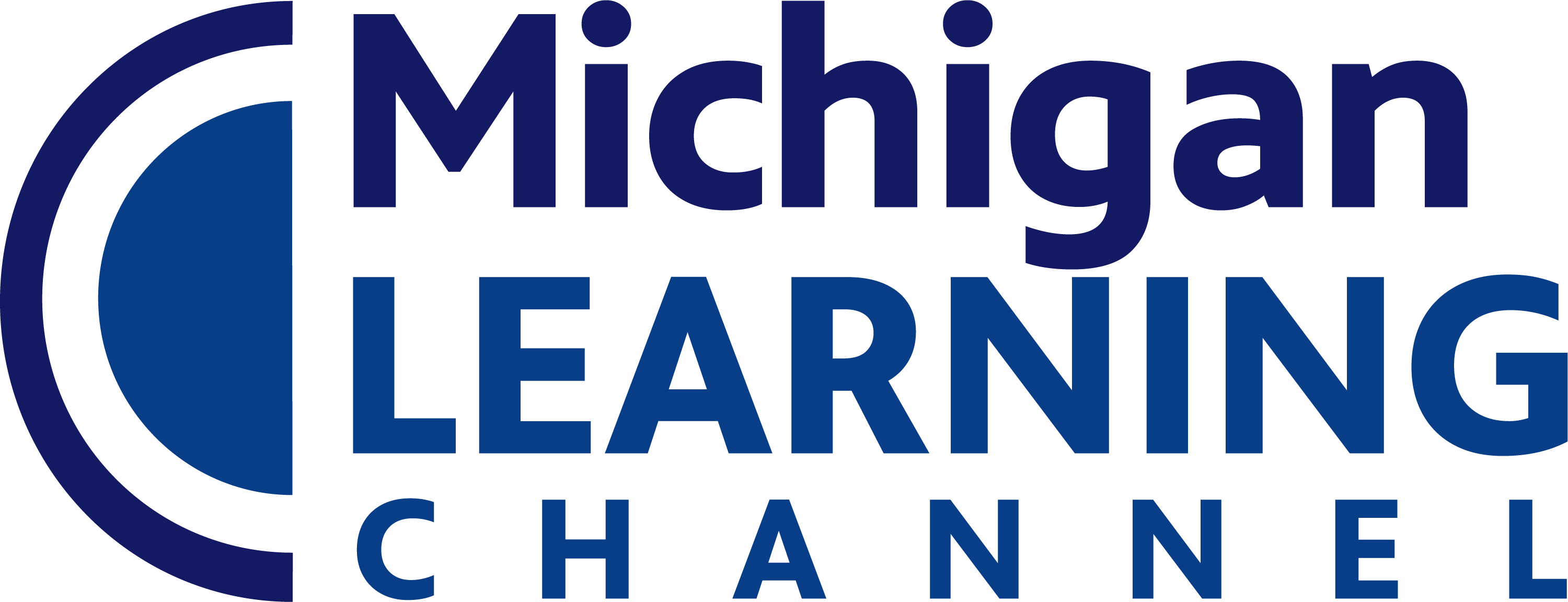Subjects
Shows
Perform and describe similarities and differences between two contemporary theatrical forms of dance.
Perform or discuss the traditions and techniques of a classical dance form.
Demonstrate understanding of how personal experience influences the interpretation of a dance.
Effectively communicate how lifestyle choices; e.g., exercise, diet, habits, affect the dancer.
Create an inter-disciplinary project based on a theme identified by the student, including dance and two other disciplines, such as [...]
Clearly identify commonalities and differences between dance and other disciplines with regard to fundamental concepts, such as materials, elements, and [...]
Demonstrate and discuss how technology can be used to reinforce, enhance, or alter the dance idea in an inter-disciplinary project.
Demonstrate reflection upon personal progress and growth during one’s own study in each of the arts disciplines.
Demonstrate appropriate skeletal alignment, body-part articulation, strength, flexibility, agility, and coordination in locomotor and non-locomotor/axial movements.
Identify and demonstrate longer and more complex steps and patterns from two different dance styles/traditions.
Demonstrate the ability to remember and perform extended movement sequences.
Create and erform combinations and variations in a broad dynamic range.
Use varied transitions and sentence structures to link the major sections of the text, create cohesion, and clarify the relationships [...]
Use precise language and domain-specific vocabulary to manage the complexity of the topic and convey a style appropriate to the [...]
Establish and maintain a formal style and objective tone while attending to the norms and conventions of the discipline in [...]
Provide a concluding statement or section that follows from and supports the information or explanation presented (e.g., articulating implications or [...]
Produce clear and coherent writing in which the development, organization, and style are appropriate to task, purpose, and audience.
Develop and strengthen writing as needed by planning, revising, editing, rewriting, or trying a new approach, focusing on addressing what [...]
Use technology, including the Internet, to produce, publish, and update individual or shared writing products, taking advantage of technology’s capacity [...]
Conduct short as well as more sustained research projects to answer a question (including a self-generated question) or solve a [...]
Gather relevant information from multiple authoritative print and digital sources, using advanced searches effectively; assess the usefulness of each source [...]
Draw evidence from informational texts to support analysis, reflection, and research.
Cite specific textual evidence to support analysis of science and technical texts, attending to the precise details of explanations or [...]
By the end of grade 10, read and comprehend science/technical texts in the grades 9–10 text complexity band independently and [...]
Determine the central ideas or conclusions of a text; trace the text’s explanation or depiction of a complex process, phenomenon, [...]
Follow precisely a complex multistep procedure when carrying out experiments, taking measurements, or performing technical tasks attending to special cases [...]
Determine the meaning of symbols, key terms, and other domain-specific words and phrases as they are used in a specific [...]
Analyze the structure of the relationships among concepts in a text, including relationships among key terms (e.g., force, friction, reaction [...]
Analyze the author’s purpose in providing an explanation, describing a procedure, or discussing an experiment in a text, defining the [...]
Translate quantitative or technical information expressed in words in a text into visual form (e.g., a table or chart) and [...]
Assess the extent to which the reasoning and evidence in a text support the author’s claim or a recommendation for [...]
Compare and contrast findings presented in a text to those from other sources (including their own experiments), noting when the [...]
Write routinely over extended time frames (time for reflection and revision) and shorter time frames (a single sitting or a [...]
Introduce precise claim(s), distinguish the claim(s) from alternate or opposing claims, and create an organization that establishes clear relationships among [...]
Develop claim(s) and counterclaims fairly, supplying data and evidence for each while pointing out the strengths and limitations of both [...]
Use words, phrases, and clauses to link the major sections of the text, create cohesion, and clarify the relationships between [...]
Establish and maintain a formal style and objective tone while attending to the norms and conventions of the discipline in [...]
Provide a concluding statement or section that follows from or supports the argument presented.
Write informative/explanatory texts, including the narration of historical events, scientific procedures/ experiments, or technical processes.
Introduce a topic and organize ideas, concepts, and information to make important connections and distinctions; include formatting (e.g., headings), graphics [...]
Develop the topic with well-chosen, relevant, and sufficient facts, extended definitions, concrete details, quotations, or other information and examples appropriate [...]
Write and edit work so that it conforms to the guidelines in a style manual (e.g., MLA Handbook, Turabian’s Manual [...]
Determine or clarify the meaning of unknown and multiple-meaning words and phrases based on grades 9–10 reading and content, choosing [...]
Use context (e.g., the overall meaning of a sentence, paragraph, or text; a word’s position or function in a sentence) [...]
Identify and correctly use patterns of word changes that indicate different meanings or parts of speech (e.g., analyze, analysis, analytical; [...]
Subjects
Shows
Perform and describe similarities and differences between two contemporary theatrical forms of dance.
Perform or discuss the traditions and techniques of a classical dance form.
Demonstrate understanding of how personal experience influences the interpretation of a dance.
Effectively communicate how lifestyle choices; e.g., exercise, diet, habits, affect the dancer.
Create an inter-disciplinary project based on a theme identified by the student, including dance and two other disciplines, such as [...]
Clearly identify commonalities and differences between dance and other disciplines with regard to fundamental concepts, such as materials, elements, and [...]
Demonstrate and discuss how technology can be used to reinforce, enhance, or alter the dance idea in an inter-disciplinary project.
Demonstrate reflection upon personal progress and growth during one’s own study in each of the arts disciplines.
Demonstrate appropriate skeletal alignment, body-part articulation, strength, flexibility, agility, and coordination in locomotor and non-locomotor/axial movements.
Identify and demonstrate longer and more complex steps and patterns from two different dance styles/traditions.
Demonstrate the ability to remember and perform extended movement sequences.
Create and erform combinations and variations in a broad dynamic range.
Use varied transitions and sentence structures to link the major sections of the text, create cohesion, and clarify the relationships [...]
Use precise language and domain-specific vocabulary to manage the complexity of the topic and convey a style appropriate to the [...]
Establish and maintain a formal style and objective tone while attending to the norms and conventions of the discipline in [...]
Provide a concluding statement or section that follows from and supports the information or explanation presented (e.g., articulating implications or [...]
Produce clear and coherent writing in which the development, organization, and style are appropriate to task, purpose, and audience.
Develop and strengthen writing as needed by planning, revising, editing, rewriting, or trying a new approach, focusing on addressing what [...]
Use technology, including the Internet, to produce, publish, and update individual or shared writing products, taking advantage of technology’s capacity [...]
Conduct short as well as more sustained research projects to answer a question (including a self-generated question) or solve a [...]
Gather relevant information from multiple authoritative print and digital sources, using advanced searches effectively; assess the usefulness of each source [...]
Draw evidence from informational texts to support analysis, reflection, and research.
Cite specific textual evidence to support analysis of science and technical texts, attending to the precise details of explanations or [...]
By the end of grade 10, read and comprehend science/technical texts in the grades 9–10 text complexity band independently and [...]
Determine the central ideas or conclusions of a text; trace the text’s explanation or depiction of a complex process, phenomenon, [...]
Follow precisely a complex multistep procedure when carrying out experiments, taking measurements, or performing technical tasks attending to special cases [...]
Determine the meaning of symbols, key terms, and other domain-specific words and phrases as they are used in a specific [...]
Analyze the structure of the relationships among concepts in a text, including relationships among key terms (e.g., force, friction, reaction [...]
Analyze the author’s purpose in providing an explanation, describing a procedure, or discussing an experiment in a text, defining the [...]
Translate quantitative or technical information expressed in words in a text into visual form (e.g., a table or chart) and [...]
Assess the extent to which the reasoning and evidence in a text support the author’s claim or a recommendation for [...]
Compare and contrast findings presented in a text to those from other sources (including their own experiments), noting when the [...]
Write routinely over extended time frames (time for reflection and revision) and shorter time frames (a single sitting or a [...]
Introduce precise claim(s), distinguish the claim(s) from alternate or opposing claims, and create an organization that establishes clear relationships among [...]
Develop claim(s) and counterclaims fairly, supplying data and evidence for each while pointing out the strengths and limitations of both [...]
Use words, phrases, and clauses to link the major sections of the text, create cohesion, and clarify the relationships between [...]
Establish and maintain a formal style and objective tone while attending to the norms and conventions of the discipline in [...]
Provide a concluding statement or section that follows from or supports the argument presented.
Write informative/explanatory texts, including the narration of historical events, scientific procedures/ experiments, or technical processes.
Introduce a topic and organize ideas, concepts, and information to make important connections and distinctions; include formatting (e.g., headings), graphics [...]
Develop the topic with well-chosen, relevant, and sufficient facts, extended definitions, concrete details, quotations, or other information and examples appropriate [...]
Write and edit work so that it conforms to the guidelines in a style manual (e.g., MLA Handbook, Turabian’s Manual [...]
Determine or clarify the meaning of unknown and multiple-meaning words and phrases based on grades 9–10 reading and content, choosing [...]
Use context (e.g., the overall meaning of a sentence, paragraph, or text; a word’s position or function in a sentence) [...]
Identify and correctly use patterns of word changes that indicate different meanings or parts of speech (e.g., analyze, analysis, analytical; [...]


